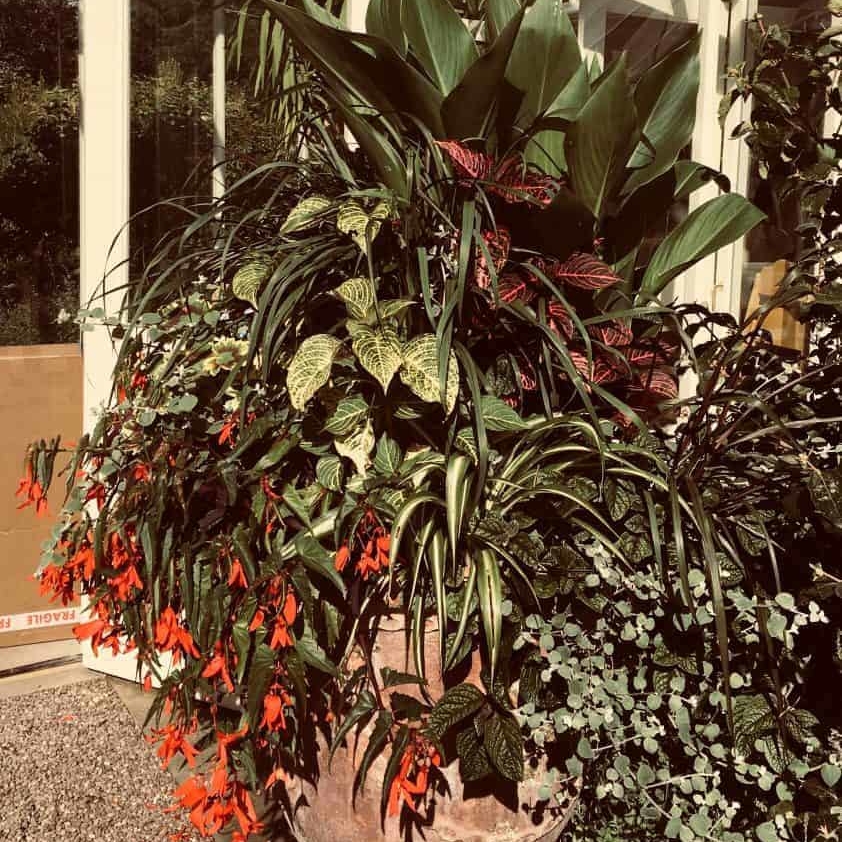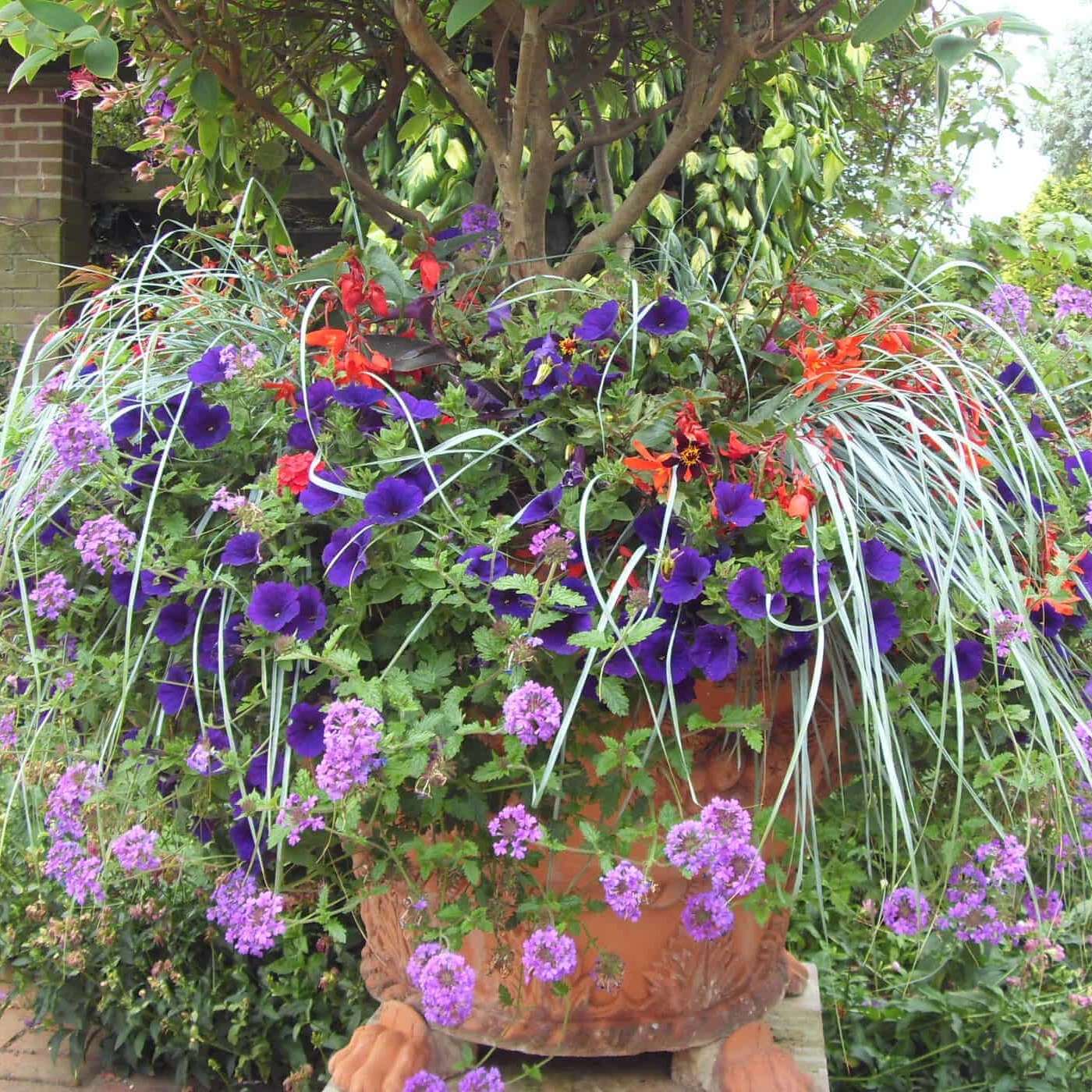In the UK one of the most widely grown beans is the kidney bean, otherwise known as a runner bean. They’re delicious when picked young and cooked just perfectly, but soon grow stringy and tough. Just half a dozen plants can produce more beans than you know what to do with!
Why not try something different?
There are many other climbing and dwarf beans to choose from and growing a selection can give you more culinary options.
Broad beans give you the first bean crop of the year. You can sow them in the autumn in milder areas, giving an even earlier crop. Choose one of the long pod varieties such as ‘Imperial Green Longpod’ for smaller, more tender beans. The white bean varieties such as ‘Aquadulce’ tend to produce fewer, larger beans that become tough more rapidly. Pick them frequently for young, sweet, tender beans that can be lightly steamed. When the seeds get tough, boil them for longer and remove the seedcoat to make broad bean hummus.
Climbing beans also produce a variety of different types. Pencil pod varieties are best for eating the young beans whole in the pod. For a colourful dish choose a variety such as ‘Blue Coco’, a heritage variety producing purple-podded beans. ‘Coco’ varieties produce short, more rounded seeds in different colours. Haricot varieties on the other hand produce longer bean seeds in slender pods. The ‘Haricot Blanc’ or cannellini types are also good for shelling and drying. You can cook them later to make haricot bean mash.
Dwarf French beans are similar, usually producing stringless slim pods. However, the beans tend to hang down low on the plant, touching the soil. If you have problems with slugs and snails then the climbing varieties are better.
Borlotti types are flat-podded and produce larger, meatier beans for shelling and eating fresh rather like peas. Conversely, dry them for use in winter casseroles or making your own “baked beans”. The purple-/pink-mottled pods are attractive on the plant and have few pest problems.
Lablab beans need a warm season to produce a decent crop. They’re attractive plants with purple flowers and broad purple or green pods. Pick them young and eat whole in a stir fry or curry.
You could also try growing your own soya beans, black eye beans and chickpeas. They do need a good long, warm season to get a decent crop but are great fun to grow!
Beans are happy on most soils as they generate their own nitrogen. You can sow them direct in the ground in late May, or start them early in pots in a greenhouse in early April to get a longer growing season. You need to water them well while the pods are forming.
Caroline Wright
Caroline brings decades of horticultural experience, both practical and theoretical. Having lectured at Brackenhurst Horticultural University for many years, Caroline has now relocated to France and is following her passion for growing plants and teaching. Caroline and her husband Paul run the plant nursery, propagating all of the plants themselves and lead a wide selection of fun and interactive horticultural and craft based courses.



